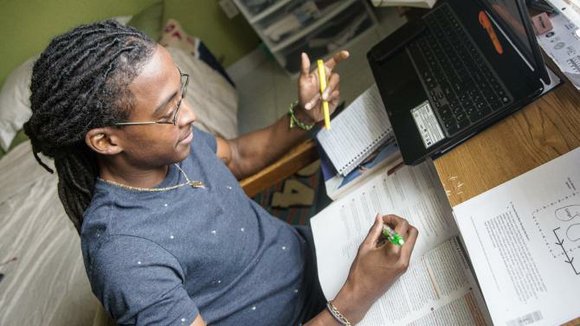
by Erin Marcus, The Root
When Janoi Burgess was a child, he thought doctor appointments were fun.
“I used to love it because they had a section where you could play games,” said Burgess, who was born with sickle cell anemia, an inherited blood disorder. “They were really nice and friendly.”
But when he turned 21, the South Florida resident could no longer go to his pediatric specialist. Instead, he “bounced around” to various adult primary care doctors, none of whom seemed well-versed in the details of his condition. When he had a painful sickle cell crisis two years later, his only choice was to go to a hospital emergency department, where, he says, he waited three hours for pain medication.
“They triage you based on severity, and pain is not something that they consider as severe” as other conditions, he recently recalled. “One doctor even said, ‘Your labs are OK so you’re not in pain.’ It was crazy and insulting at the same time.”
Burgess’ experience is not unusual among many adults with sickle cell anemia, which affects up to 100,000 people in the United States, most of them African Americans. For many years, most people with sickle cell died in childhood or adolescence, and the condition remained in the province of pediatrics. During the past two decades, advances in routine care have allowed many people to live into middle age and beyond.
“Some people with sickle cell disease are actually living to be elderly, and the majority of patients are adults,” said Dr. Wally Smith of the Virginia Commonwealth University Medical Center. “We don’t have a health care system ready for that.”
Early adulthood, a time when patients make a switch from pediatric to adult care, can be perilous for these patients. A 2010 study of 940 Dallas people with sickle cell born after 1982 reported that the period immediately after they “aged out” of pediatric care was the riskiest for death. Other research found that Wisconsin Medicaid patients with sickle cell were especially likely to rely on emergency departments for care during this transitional time period.
Disease Rife With “Bias and Disrespect”
One explanation for the increased deaths could be that early adulthood is a time when the repeated stresses of sickle cell “catch up” with the body. But social and health-system factors also play an important role.
Compared with other genetic diseases, a disproportionate number of patients with sickle cell rely on Medicaid, the federal-state health insurance program for low-income people, but finding specialists who accept Medicaid’s lower reimbursements can be difficult.
There is also an inadequate number of physicians with expertise in the condition. Few adult hematologists—blood-disease specialists—focus on sickle cell, which is less lucrative than conditions such as leukemia.
“The number of hematologists available to provide that care is far too small to address the need,” said Dr. Michael DeBaun, director of the Vanderbilt-Meharry-Matthew Walker Center for Excellence in Sickle Cell Disease in Nashville, Tenn.
In addition, sickle cell day hospitals—dedicated infusion centers where patients can get intravenous treatment for acute pain episodes—have been shown to reduce hospitalizations and reduce the length of crises. Yet fewer than a dozen such centers exist nationally, according to medical experts who have studied them or set up such facilities.

Be the first to comment